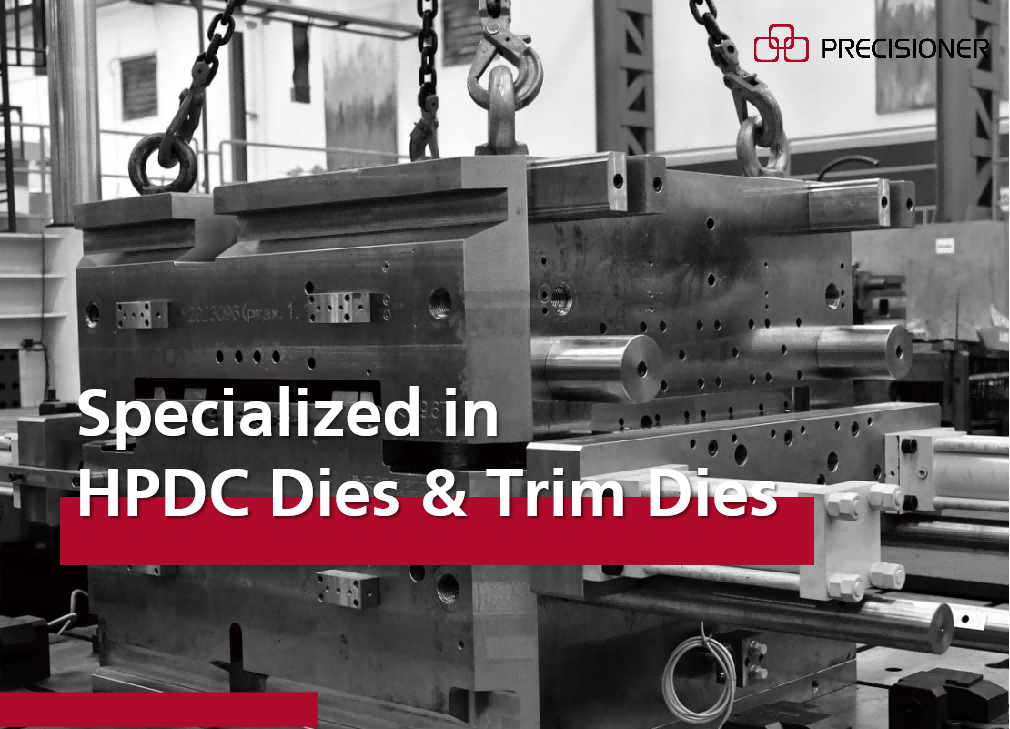
First the bad news: die casting is only suitable for aviation applications to a limited extent. "In safety-relevant areas, maximum material integrity is essential. Die-cast parts quickly reach their limits here due to their inherent porosity," explains Guillermo Requena, Acting Director of the Institute for Frontier Materials on Earth and in Space at DLR. The focus here is on investment casting, forging processes, 3D printing and highly tempered wrought alloys, which are characterized by particularly dense and homogeneous microstructures.
Aluminum die-cast parts could only play a role in peripheral areas, such as seat frames or trim elements, says the expert. However, the real potential for the die-casting industry may lie elsewhere.Space travel in transition: New space as a door opener
An exciting field of application for die casting technologies could currently be opening up in space travel - particularly in the area of so-called “new space” initiatives. This refers to a new generation of space companies that are using innovative business models and industrial production approaches to make access to space more economical. Satellites, for example, are no longer being produced as one-offs, but increasingly in series.
"What is currently developing is an ecosystem for cost-effective satellite technologies. It's not just about miniaturization, but also about scalable manufacturing processes," explains Requena.
Small satellites such as CubeSats are to be manufactured quickly, flexibly and inexpensively. The quantities involved could be in the thousands - an area in which die casting has traditionally been able to play to its strengths.
CubeSat: key technology of the future?
CubeSats are standardized small satellites with a modular design based on units of 10×10×10 cm. Originally developed for educational purposes, they have established themselves as a flexible platform for research and commercial applications. Depending on the configuration, CubeSats can consist of several units and reach quantities of several thousand per year. They are used for earth observation or communication, for example. Thanks to their low costs and fast development cycles, they are considered a key technology of the “new space” age - and a potential growth market for industrial manufacturing processes.















